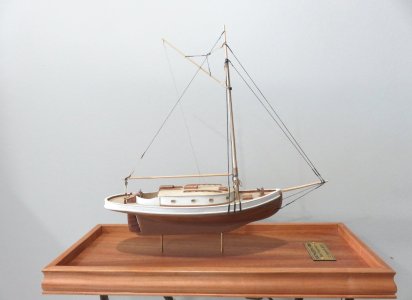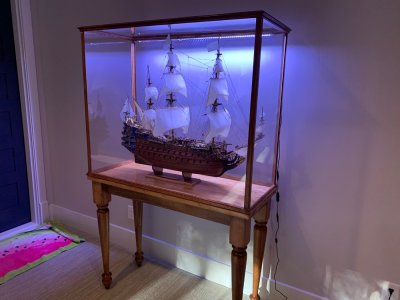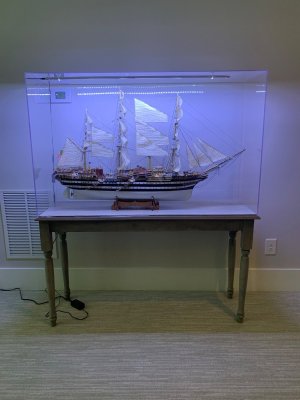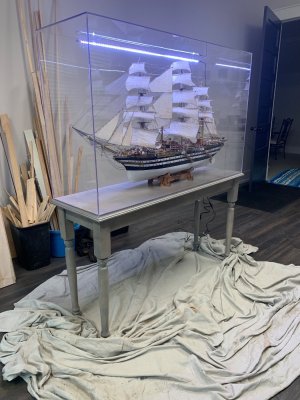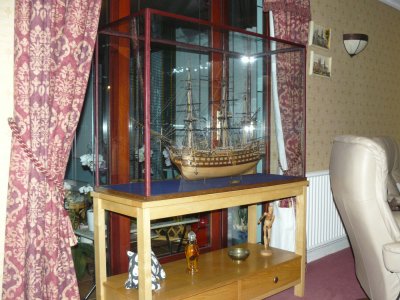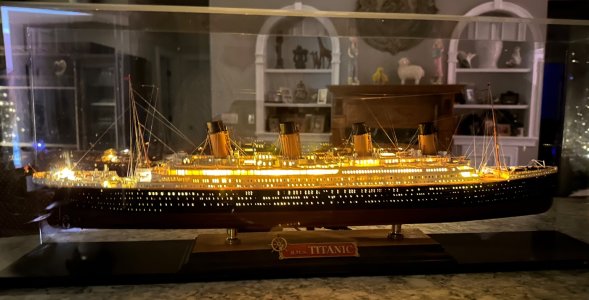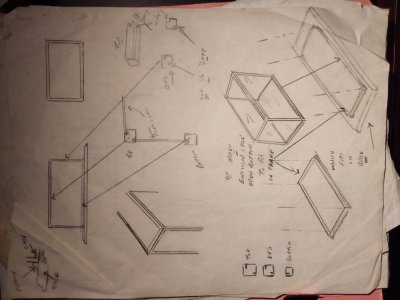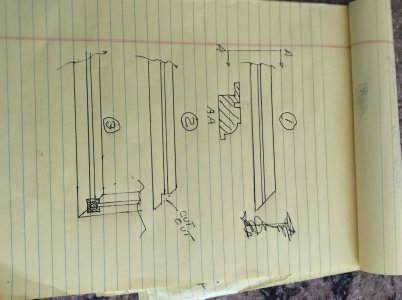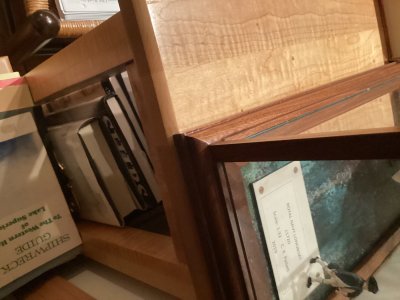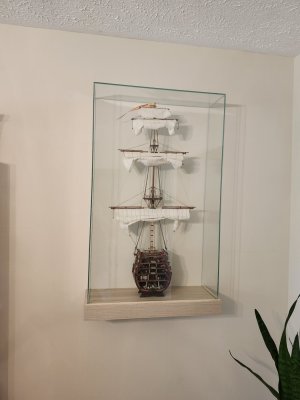I've built plexiglass and wood frame cases, out of necessity. Not going to pay the big bucks! As someone noted, if you can build a ship model, with some practice and the right tools you can build cases. Basic tools, table saw, router/table, compound miter, orbital sander. I bought all my tools used, Facebook Marketplace, I've even bought tools from Pawn Shops. Bought "new" saw blades and router bits. You can use the table saw with correct blade to cut plexiglass. Thanks, YouTube!
I paid $30 for the router and router table combo, $80 for the 10" table saw, $75 for a 10" compound miter saw. All name brand name. Found a local woodworker shop, bought some maple, walnut and cherry wood. Cheaper than buying stock wood from a big box store.
Obviously, if you're not familiar with working with these tools the process can seem intimidating. Practice using the tools with some scrap, follow safety precautions, wear safety glasses and relax. You can get a lot of self-satisfaction with these projects.
View attachment 549102
View attachment 549103
View attachment 549104
View attachment 549108
View attachment 549109
View attachment 549110
View attachment 549111
View attachment 549113
View attachment 549116
View attachment 549117
View attachment 549118
View attachment 549119
